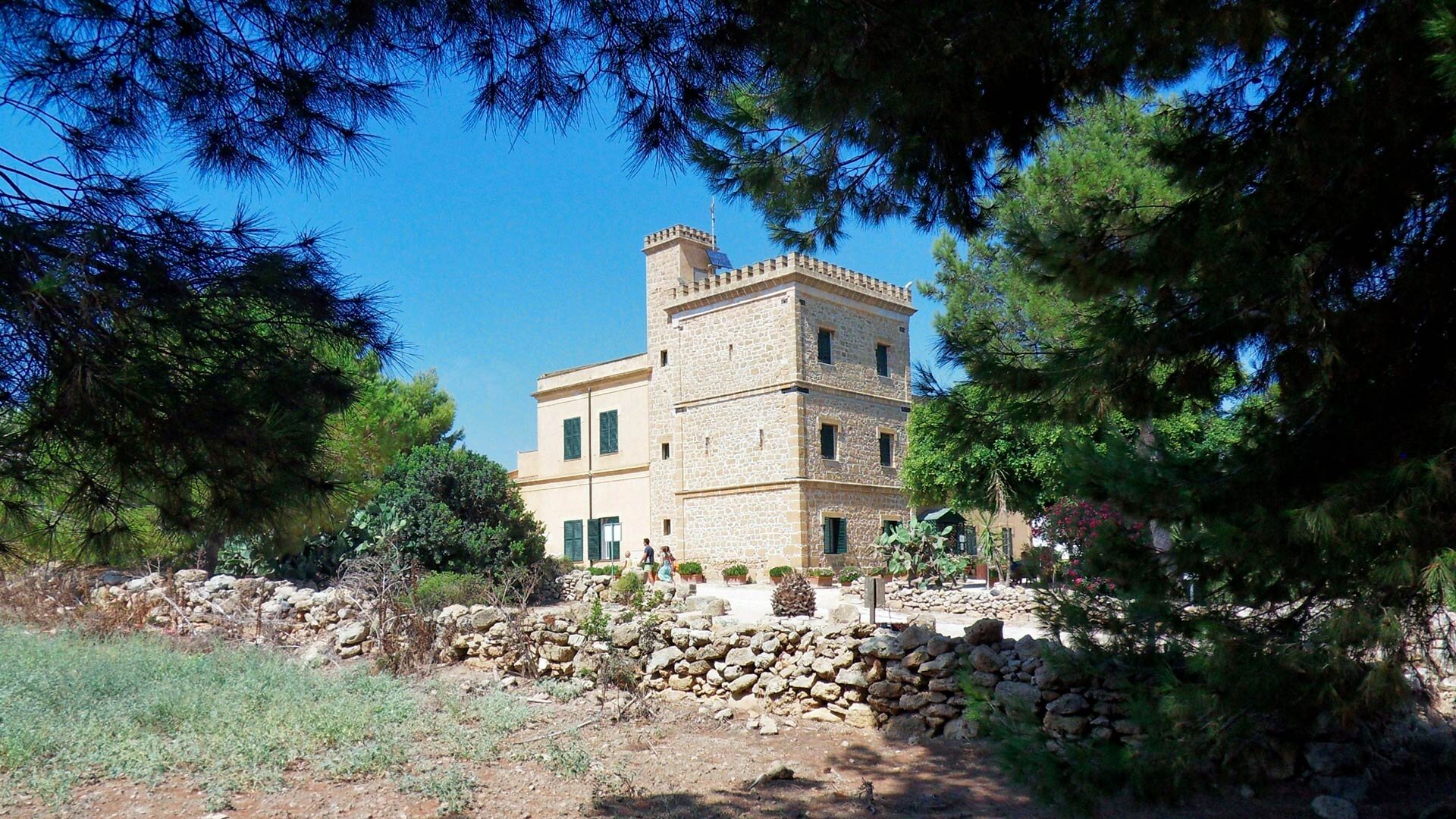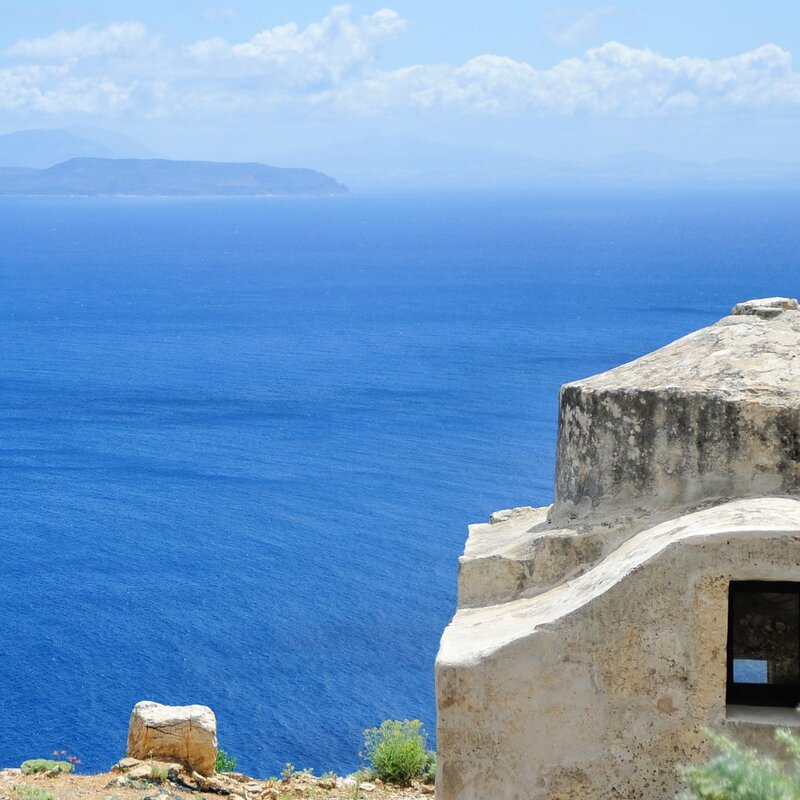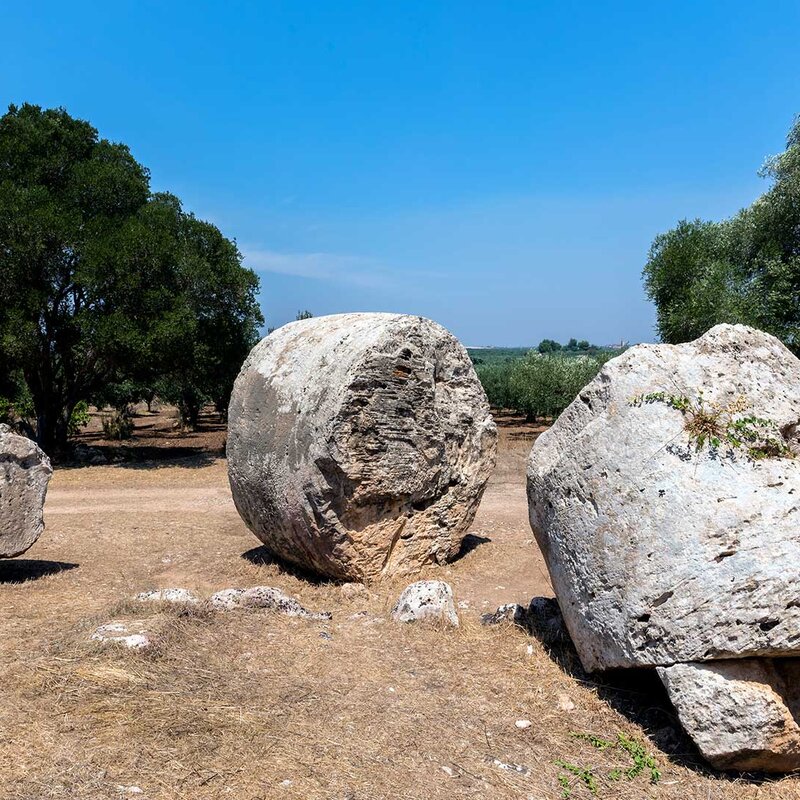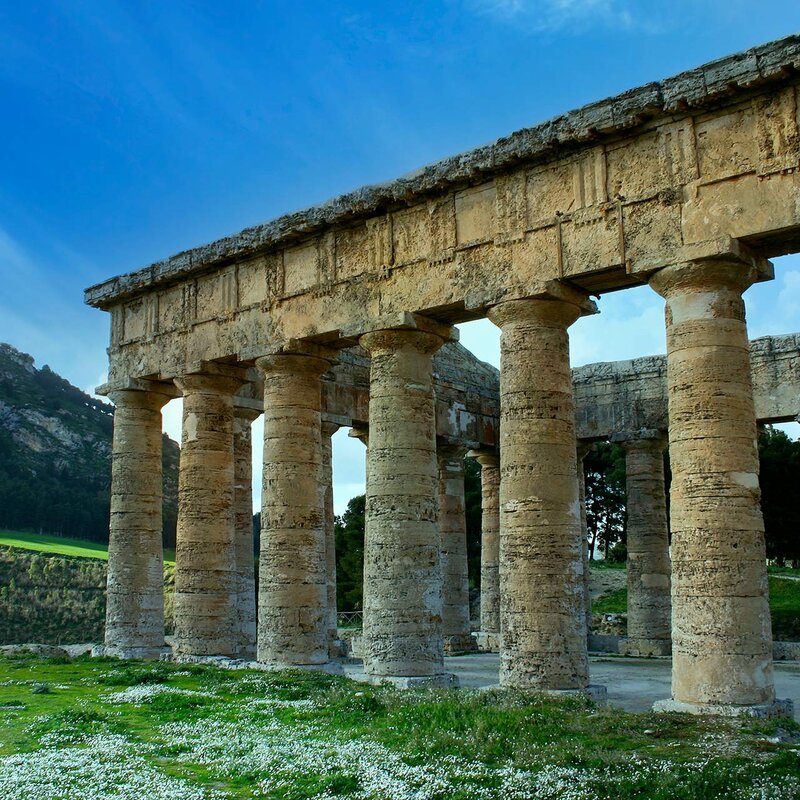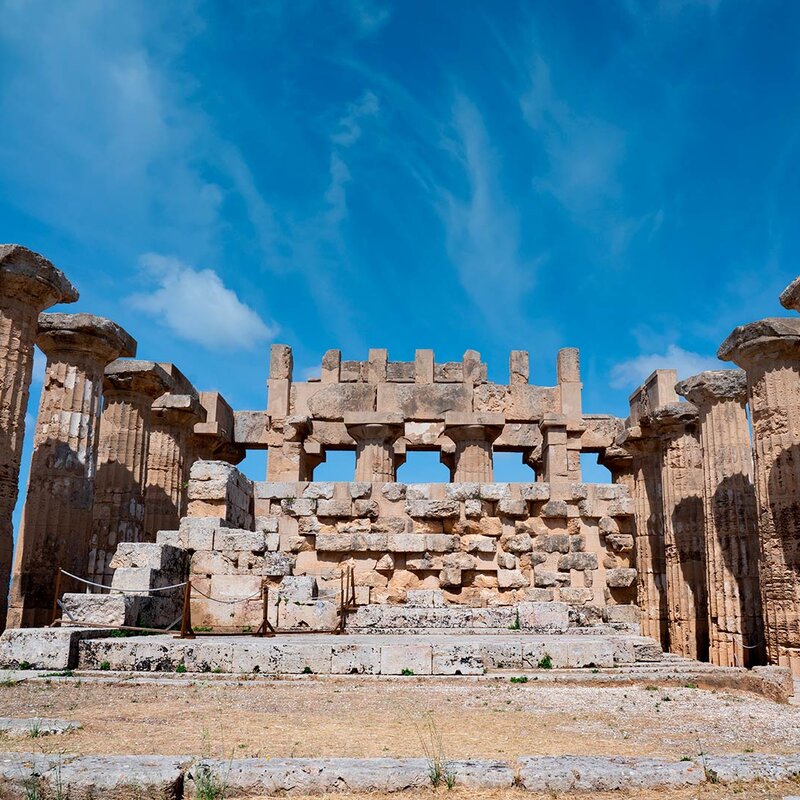Archaeological areas
Motya and the Museo G. Whitaker
It was discovered thanks to Joseph Whitaker, an English nobleman who traded in Marsala (the famous wine that takes its name from the city), and whose early 20th-century country house is now home to the Whitaker Museum, which features artefacts found in the excavations.
It was here, in 1902, that the Anglo-Sicilian nobleman began building his country house and was thus able to devote his time to some of his interests and passions: wine, archaeology and botany. It is thanks to this entrepreneur and eclectic scholar that Motya is now such a biodiversity hotspot, combining the wild vegetation with species of plants and flowers from faraway lands that Whitaker brought to the island.
In a landscape shaped by the centuries-old use of salt pans, the ancient settlement of Motya was founded by the Phoenicians – a civilisation from present-day Lebanon – around the last quarter of the 8th century BC
This ancient and flourishing city thrived on trade and crafts until it was sacked and destroyed by the tyrant Dionysius I of Syracuse in 397 BC..
The ancient Phoenician centre was spatially organised into areas with different uses: the settlements were located in the southern and central parts of the island. To get an idea of the importance and wealth that this island must have enjoyed, it’s worth visiting the Casa dei Mosaici (House of the Mosaics). A housing complex with a portico and colonnade, it has a large rectangular peristyle courtyard, decorated with a magnificent mosaic of black and white pebbles, surrounded by domestic quarters and, on the south-western side, a number of service areas.
Functional and communal areas, such as the necropolis and craft production areas, were located in the northern part of the island.
Some of the first major urban developments carried out in Motya include the sanctuaries, the fortifications, the port area and the road that connected Motya to the mainland.
Evidence of the ancient cults of Motya has been found in various sacred areas, both public and domestic, located in different parts of the island; important public sacred areas include the shrine of Cappiddazzu, near the Porta Nord (North Gate), the Tofet, the open-air sanctuary and, finally, the sacred area of Cothon, near the Porta Sud (South Gate).
Museo “G. Whitaker”
This museum – housed in the former country residence of the Whitaker family – contains artefacts found during archaeological excavations carried out in different areas of the island since the end of the 19th century, as well as some finds from the Stagnone area
This life-size statue was carved from marble from Asia Minor and depicts a male figure with a long pleated chiton, fastened at chest height by a belt. The work is believed to have been created by an important Greek artist in the first half of the 5th century BC, but neither the identity of the young man depicted (a charioteer or a god) nor the location in which the statue was originally displayed on the island is known.
Tickets
Adults 9 euros (includes entrance to the museum)
Students 6 euros (includes entrance to the museum)
www.isoladimozia.it
Limited accessibility
To reach the island of Motya
Full-price/reduced-price return ticket €5/€2.50, 10 min
Departures approximately every 30 minutes
See the websites of the companies operating the route:
www.ariniepugliese.com (departures from the historic landing stage) and www.mozialine.com
